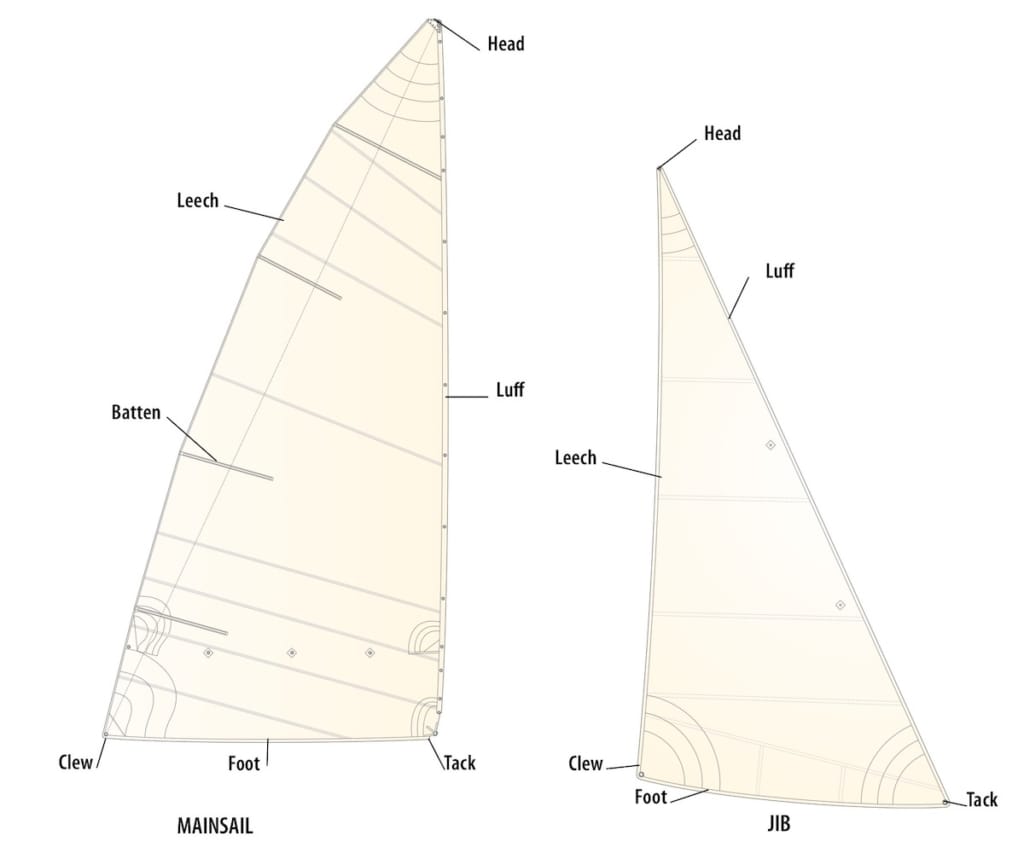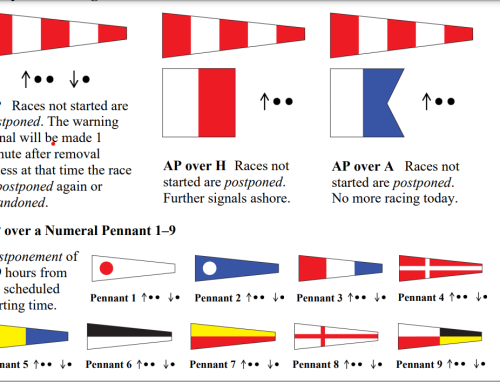Part 8: Trimming the Genoa
This is the last of the series, closing with Genoa trimming:
We talked about trimming the main, and many of the same principles apply when you’re trimming the jib. Unfortunately, many of the same bad habits about main trimming also apply when jib trimming so let’s consider a few things.
Firstly, nothing should be static on a boat. Just as the wind is always slightly changing direction or strength, so too should our sail trim change. Keeping weight on the windward side is important, but so too is changing the genoa trim. If the wind goes light, or if we hit a wave or even if we just want to point lower for extra speed, the jib needs to be eased. If you’re worried about having someone to leeward all the time, consider “cross-sheeting” or bringing the jib sheet from the leeward winch to the windward winch and trimming from there. Remember the main and the jib should be trimmed in unison – a change in the trim of one should also lead to a change in the trim of the other. I talked about the main trimmer always having the mainsheet and the traveller in his hand – if at all possible the jib trimmer should do the same.
Obviously selecting the right jib is key. Very often you see boats sailing with their No.1 way beyond its wind limit, so it’s vital to know when to change down to a No. 3. Once the boat is heeled beyond 25 degrees, you’re effectively starting to slip sideways and it’s time to change. White Pearl is quite sensitive, so we start talking about using our No.3 in about 15 knots of breeze.
Setting up your jib leads is really important too. Your aim should be to have all the luff telltales beginning to flutter at the same time when you turn into the wind. If the telltale nearest the top of the sail starts fluttering before the rest, you need to move the jib lead forward and vice versa.
Another trick to consider is “inhauling” – basically trying to narrow the sheeting angle by pulling the jib sheet inboard a bit. Most cruiser/racer boats don’t have the ability to change the sideways sheeting angle but with a bit of ingenuity you can rig up a makeshift system – this works a treat in light’ish winds or flat seas.
A final couple of things. Remember to also adjust your jib halyard tension – leave it quite loose in light winds and gradually tighten the tension as the wind rises. And when you tack, don’t pull in the jib sheet too quickly or the boat will stall. On White Pearl, we like to get the jib in about 90% of the way and then slowly trim the rest of the way as the boat picks up speed.
Editor’s Note: This series is written by David Greene, an experienced skipper from Malahide, Ireland. David has decades of sailing and racing experience, often participating in local yacht club races and regattas around Ireland with his boat, White Pearl (Elan 331). Malahide estuary is located on the east coast of Ireland, characterized by strong tides and a sandbar that restricts the draught of boats.






